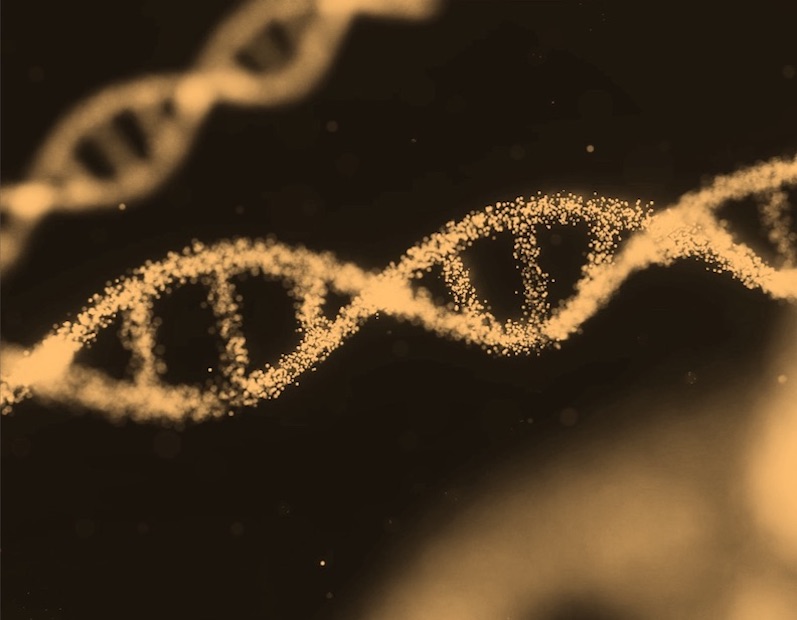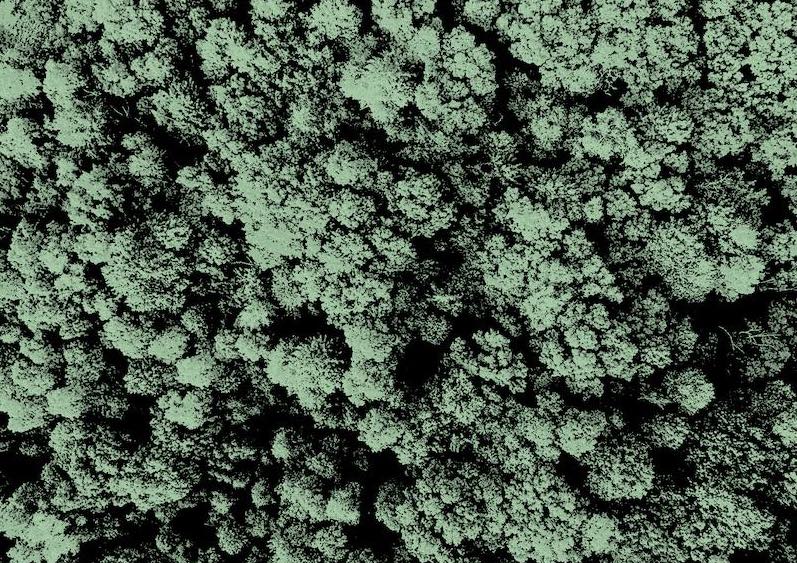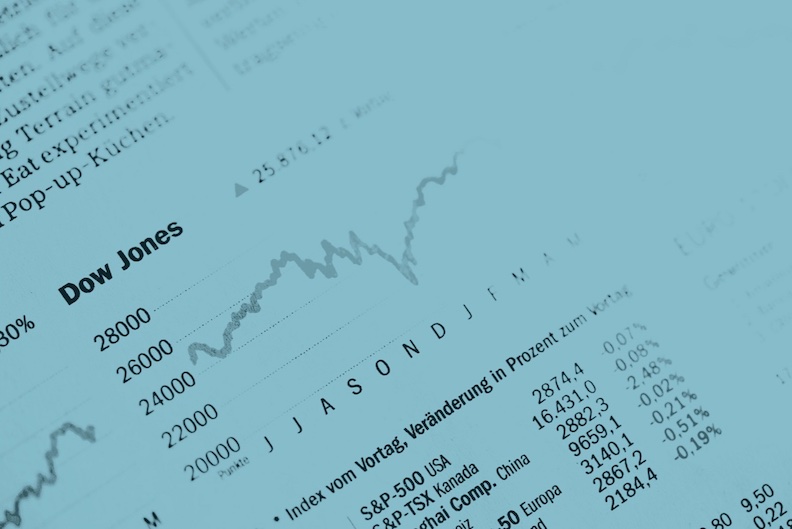What is it about?
An extension of the analysis by Tang et al. (1991) of the ground and excited states of H2(+) is presented which indicates that the dominant terms of the exchange energy in a multielectron diatomic molecular ion can be calculated systematically by using the expansion of the polarized wave function in powers of 1/R in the Holstein-Herring surface integral. Because the expansion coefficients can be obtained by solving inhomogeneous differential equations using variational or other methods, a straightforward procedure is established for calculating the exchange energies of multielectron ionic systems at large internuclear distances.
Featured Image

Photo by Susann Schuster on Unsplash
Why is it important?
This PRL paper resolved a mystery concerning the convergence issues of the results by Tang et. al concerning the Holstein-Herring method. They thought the polarization wave function (obtained from perturbation theory) converged somewhere in between the two lowest states of H2+. Wrong. Without realizing it, what they had instead was the Herring function! Nonetheless, their treatment lead to the Herring function for H2+ which is why they correctly got the lead term of H_2^+.
Perspectives
Nonetheless, the authors Tang et al. showed that the polarization wave function i.e. the wave function obtained from perturbation theory could be used to get the exchange energy splittings. A potential industry resulted in calculating such an elusive yet important result which is the exchange energy splitting at long internuclear distances, order by order.
Dr Tony Cyril Scott
RWTH-Aachen University
Read the Original
This page is a summary of: Exchange energy ofH2+</mml:mrow..., Physical Review Letters, September 1991, American Physical Society (APS),
DOI: 10.1103/physrevlett.67.1419.
You can read the full text:
Contributors
The following have contributed to this page







